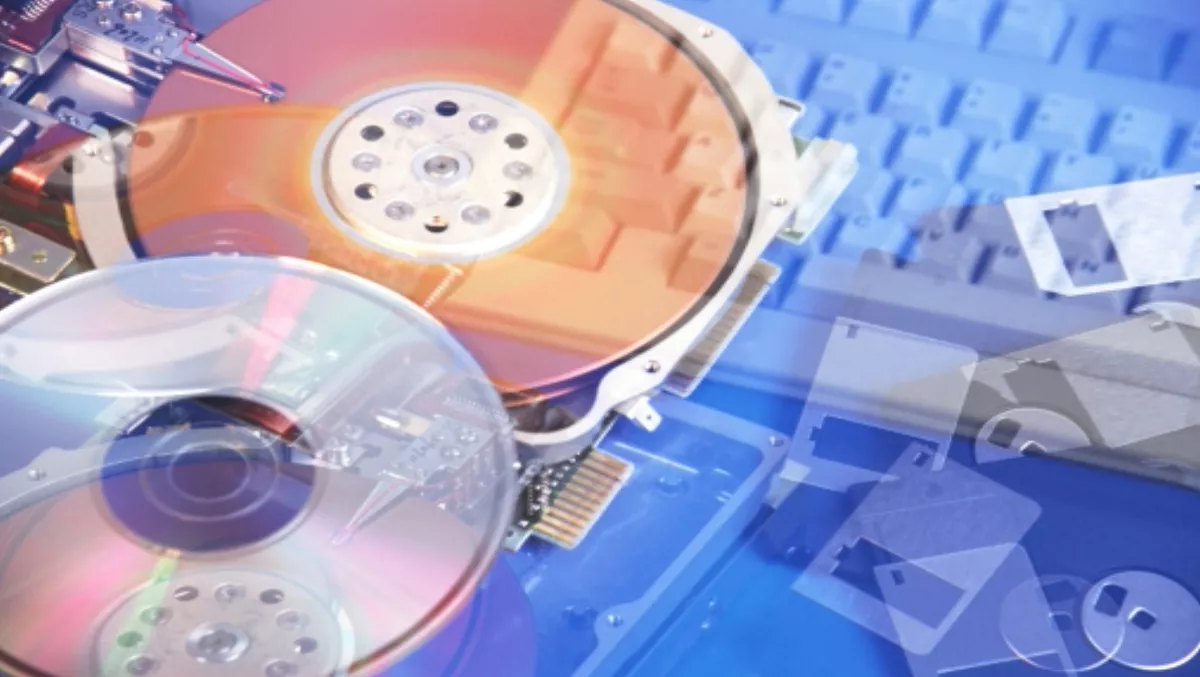
IBM claims memory and storage device breakthrough
IBM researchers believe they can significantly increase capacity while lowering power in memory and storage devices through spintronics.
After joining a university team to synchronize electron spins, the business machines corporation insists such work could result in more energy-efficient electronic devices with the findings scheduled for release in the scientific journal Nature later this week.
Exploiting both the intrinsic spin of the electron and its associated magnetic moment, spintronics is an emerging technology within the industry which has been tested in mass-storage components such as hard drives.
The technology has the capacity for higher data transfer speed, greater processing power and storage as well as increased memory density by using the natural spin of electrons within a magnetic field.
Short for 'spin transport electronics', IBM Zurich says they have made substantial progress in transforming spintronics into a viable technology for commercial solid-state memory devices implementation with new findings allegedly showing a 30 times increase in stability.
IBM Research and the Solid State Physics Laboratory at ETH Zurich attributed the increased lifespan to the synchronization of electrons after using short laser pulses to monitor the evolution of thousands of electron spins.
"These rotations of direction of spin were completely uncorrelated," says Gian Salis, IBM Research scientist.
"Now we can synchronise this rotation, so they don't lose their spin but also rotate like a dance, all in one direction.
"We've shown we completely understand what's going on there, and we've proven that the theory works."

